Summer Sangria Recipes
As summer comes to an end and the fall harvest begins we wanted to share some fun Sangria recipes for the weekend. Happy Friday!
Pink Lemonade Sangria
Makes about 1 gallon
2 750ml bottles of Pinot Grigio
1 can frozen pink lemonade concentrate
1 quart tub of frozen strawberries (sugar added is fine) (frozen fruit breaks down better and leaks out more flavors as it defrosts plus it keeps it cold)
1 2 Liter of Sprite or Club Soda (depending on how sweet you want it)
*If you want to make it stronger, you can add strawberry schnapps however this will make it much sweeter so use club soda
Peach Mango Sangria
Makes about 1 gallon
2 750ml bottles of Pinot Grigio
1 cup of Peachtree schnapps
1/3 cup lime juice
1 bag frozen peaches
1 16oz can Goya Mango nectar
1 quart of Ocean Spray White Cranberry Peach Juice
1 liter of lime seltzer
Mixed Berry Malbec Sangria
Makes about 1 gallon
2 750 ml bottles Malbec
1 cup of Chambourd Raspberry Liquor
1/3 cup lime juice
1 quart of cran raspberry juice
1 liter of raspberry seltzer
1 bag of frozen mixed berries
Blackberry Pomegranate Cabernet Sangria
Makes about 1 gallon
2 750 ml bottles of Cabernet
1 cup black berry brandy
1 quart pomegranate juice
1 quart cranberry juice
1 small container of pomegranate seeds
1 small container of fresh blackberries
.5 quart raspberry or pomegranate seltzer
New Vineyard: King’s River
The King’s River Vineyard is located in Sanger, CA – Southeast of Fresno, on the way to Squaw Valley, Tahoe and the Sierra Foothills.
The vineyard is made up of 40 acres of white ash & sandy loam soil. The vineyard has been in existence since 1954 and the family has grown everything from grapes for wine and raisins to peaches, plums, and apricots on this little piece of paradise. However, they ultimately decided to focus on what they love most – boutique style wines. The vineyard produces Cabernet Sauvignon (Clone 337), Petite Sirah, Alicante, Syrah, Barbera, Cabernet Franc, Tempranillo, Primitivo, Albariño, Muscat, and Chenin Blanc. Each block is meticulously managed. They thin leaves, drop fruit to secure intense flavors, and drip irrigate as to not over-water the vines. This family definitely produces grapes of distinction.
Their Wine Awards Include…
• 2014 Reserve Petite Sirah- Silver Medal
• 2014 Syrah- Bronze Medal
• 2014 Alicante Bouchet- Bronze Medal
• 2015 Reserve Albarino- Bronze Medal
The Winemaker’s Think Tank: Vol 25 – Why is my wine evaporating?
What’s the Winemaker’s Think Tank?
Every Thursday we will post about a few frequently asked questions that our winemaker has answered. If you have a winemaking question you would like to have answered, please email us at support@juicegrape.com and we will try to get into next week’s post. Cheers! 🙂
Why is my wine evaporating?
Just like water or any other liquid, with prolonged exposure to air, wine can evaporate. When aging wine in an enclosed container such as a tank, carboy, or demijohn, the container should have an airtight seal via an inflatable gasket or an airlock and bung. This will help prevent against oxidation and will reduce the amount of evaporation dramatically. If you still see some evaporation happening in one of these closed containers, evaluate your bungs and seals as they may not be working properly.
The main source of evaporation in winemaking is through barrel aging. Barrels are a porous environment that allows the wine to “breathe” over time. This “breathing” process is essentially evaporation. The wine is exposed to air through the porous staves and small portions of the wine evaporate into the atmosphere. This has positive effects on the wine as it creates a creamier mouthfeel, can reduce the perception of acidity, and imparts oak flavor. The barrel must be filled monthly with additional wine to reduce the head space and replace the evaporated product. This will prevent the wine in the barrel from oxidizing. While the breathing process may be a source of frustration, as you witness your wine evaporating into thin air, it will help you to create a fuller, heavier, more lush wine.
We hope this information helps with your winemaking. If you have any follow up questions or winemaking questions in general, please email us at support@juicegrape.com.
Making Wine from a 1 Gallon Wine Kit By Frank Renaldi
I have never made a gallon of wine in my life; I mean not that small a batch. I am used to making much more wine at a time, from a few gallons to 4000 gallons at a winery. I have made wine from mostly fresh grapes, white juice and even 6 gallon kits. In fact I have made over 50 kits in my days, but I had to think twice before I made a ONE gallon kit.
Well, I did it and guess what? It was fun! I made a one gallon kit from Mosti Mondiale Vinifera Noble. I tried the Malbec, since I just made 45 gallons from Chilean grapes. I thought it would be a good comparison on the nose and the taste. Since I made kits before, I was familiar with the process. And this small kit was no different – It was the same process you have for the standard six gallon kits.
The biggest challenge I had to deal with was the smaller fermentation and storage vessels required for one gallon of wine. I started by pouring the grape juice in a one gallon bottle and then topping it with water to measure out the correct volume. You can buy a two gallon fermentation pail, but I thought I would try using one of my 3 gallon carboys with an air trap. So I poured the gallon of adjusted wine into the 3 gallon carboy and then poured the yeast into the opening in the carboy. It worked fine.
In order to test the specific gravity of the wine during fermentation, I just poured some of the wine into a hydrometer jar. After taking the measurement, I poured the wine back into the carboy to continue fermenting. There was no wasting of wine on this batch. When I had to stir the wine, I simply shook the entire carboy.
When fermentation was complete, I racked the wine into a small pail. Then I added in the packets of sulfite, sorbate and clarifying agents supplied with the kit. Then this finished wine was poured into a gallon jug to settle for further rackings and aging. Always remember to top off the storage vessel to avoid oxidation.
I think the biggest challenge was the de-gassing of the wine. Normally, with a six gallon kit we whip the wine with a degassing wand on the end on a drill. We need to get rid of the gas trapped in the wine for clarifying and for a still wine (no fizz). With this small batch, there really is not enough wine to whip. I decided to use a vacuum pump to degas the wine, which I have also used on larger batches of kit wines. A small vacuum pump is easy to use and economical.
So, my wine is aging and smells wonderful. I will get five 750ml bottles of wine from this kit. So why make such a small batch? It is a great way to learn how to make wine as a beginning wine maker. The cost is minimal, but the experience is great. You can make 2, 3, or 4 different grape varietals and blend them when they are finished. Once you get your feet wet with these starter kits, you can move onto six gallon kits which yield 30 bottles – now we are talking. Then you have the confidence to move up to juice and grapes. After that, there is no stopping you!
Have fun with this smaller kit. I did and had fun doing it!!
Frank Renaldi
Chilean Wine Grape Update: Arrivals & In Stock
As of 5/2/2017 the following is in stock…
Juices:
ALL Chilean Varieties
ALL South African Varieties
Grapes:
Malbec
Carmenere
Merlot
Petite Verdot
Syrah
To Arrive 5/5/17….
Juices:
ALL Chilean Varieties
Grapes:
Cabernet Sauvignon
Cabernet Franc
Carmenere
Pinot Noir
Petite Verdot
Malbec
Merlot
Syrah
Please feel free to contact us at sales@juicegrape.com or 877.812.1137 to schedule your pick up!
We are looking forward to working with you this Spring Harvest! Keep an eye on our Facebook Page and Harvest Tracker for more harvest information and upcoming wine classes.
2017 Southern Hemisphere Harvest Update E-Book
Extra, extra! Read all about it! The Spring Harvest will be here soon! Catch up on what Musto Wine Grape Company has in store for your Spring vintage by clicking the link below.
2017 South Africa Harvest
Spring season is almost upon us and we have some great news. This year we will not only be offering Pinotage from South Africa, but…
Wait for it…
Cabernet Sauvignon from South Africa too!!
Also, we have additional higher-end regions where we will be sourcing our South African grapes. In addition to the Breede River Valley we will also offer grapes from Stellenbosch, Olifantsriver, and the Cederberg Mountains.
Stellenbosch:
Location: Western Cape, 31 miles East of Cape Town
Grapes Being Sourced: Cabernet Sauvignon
Grower Information: A meticulous vineyard manager, this Cabernet has intense fruit flavors. The grapes create full, rich, complex wines that age well.
Geeky Facts: “Wines from these locations are often described as having a subtle mineral note which many believe is from the decomposed granite soils. The granite mountains are approximately 600 million years old, over 3 times as old as the soil in Napa where many of the Cabernet Sauvignon vines are grown.” (via Wine Folly)
Olifants River:
Location: One of the Northernmost wine regions in South Africa’s Western Cape. It spans 90 miles between Lutzville in the North and Citrusdal Valley in the South.
Grapes Being Sourced: Cabernet Sauvignon
Grower Information: The grapes thrive in the hot, dry mesoclimates and are tempered by cool ocean breezes at night and good cold units during winter. These growing conditions make the perfect recipe for good quality Cabernet Sauvignon. Also, you will find pockets of very old, almost ancient vines in this area. Vines were first planted in this area in the 1700’s
Geeky Facts: The Olifants River is named for the elephants that roamed the region in the 18th Century. (via Wine Searcher)
Cederberg Mountains:
Location: 186 miles North of Capetown. The Cederberg mountains contain a nature reserve. The mountain range is named after the endangered Clanwilliam cedar, which is a tree endemic to the area.
Grapes Being Sourced: Pinotage
Grower Information: These Pinotage grapes are from older vines and are cultivated at the highest altitude in South Africa. You can expect intense flavors with high levels of complexity. These grapes produce excellent Pinotage and can be compared to Napa and Sonoma in terms of quality.
Geeky Facts: The mountains are noted for dramatic rock formations and San rock.
The Pinotage grapes should be arriving towards the end of March and the Cabernet Sauvignon grapes should arrive at the end of April. We are expecting more information about crop estimates, clones, yeast pairings, photos, and more. So stay tuned for more updates! Cheers!
Harvest Update: 8/25/2016
ARRIVING to Hartford, CT Early Next Week:
8/29/2016:
LODI
- Costamagna Chardonnay
- Lodi Gold Grenache
- Valley Beauty Barbera
- Smiling Baby Merlot
- Valley Beauty Zinfandel
9/1/2016:
LANZA – Suisun Valley
- Sauvignon Blanc
CENTRAL VALLEY
- Cry Baby Muscat (42lb)
- Muscat King (42lb)
- Cry Baby Thompson Seedless (42lb)
- Lugano Old Vine Zinfandel
- Lucerne Old Vine Zinfandel
JUICES from LODI
- A Mix of Varieties
Call 877.812.1137 or email sales@juicegrape.com for more information






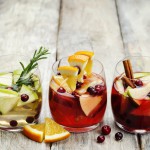
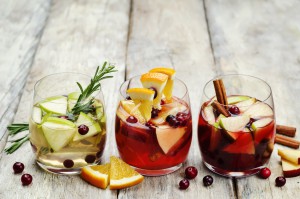

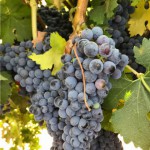
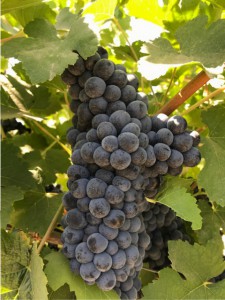
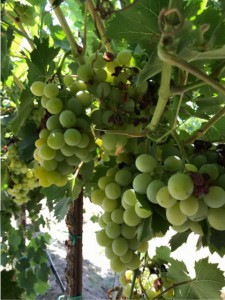
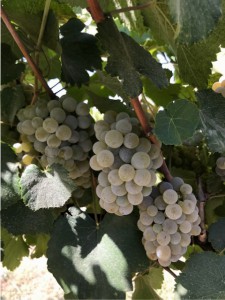
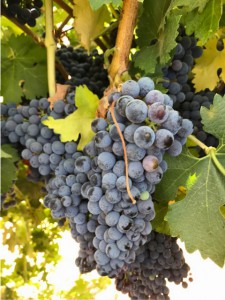
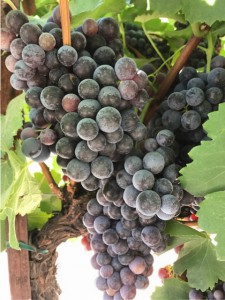
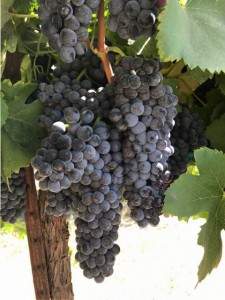
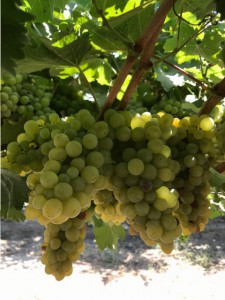
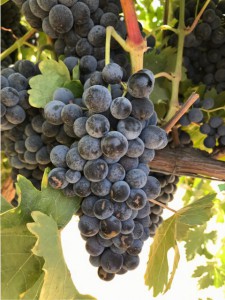
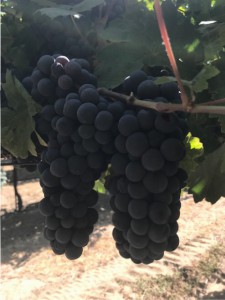
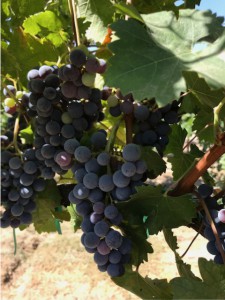
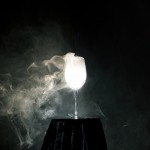
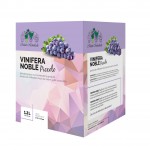
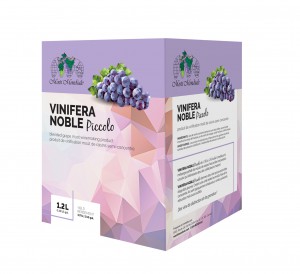
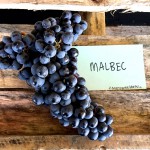
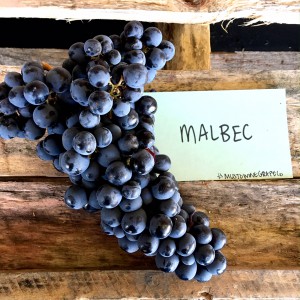
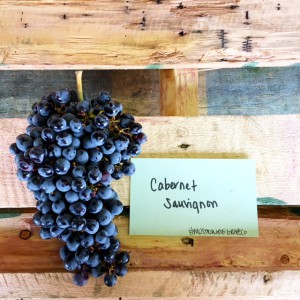
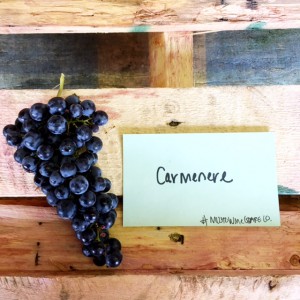
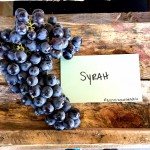
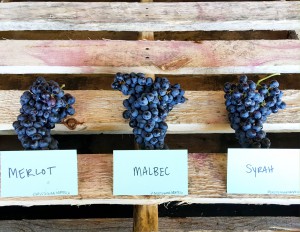
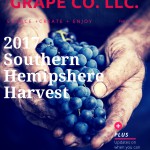
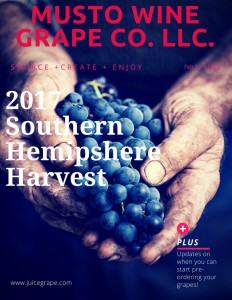
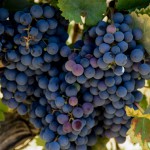
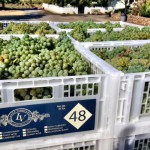

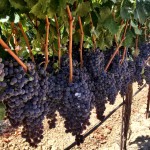
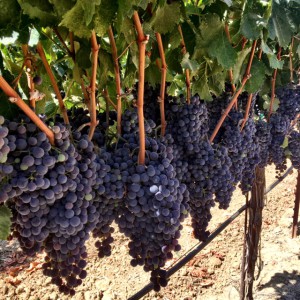
Recent Comments